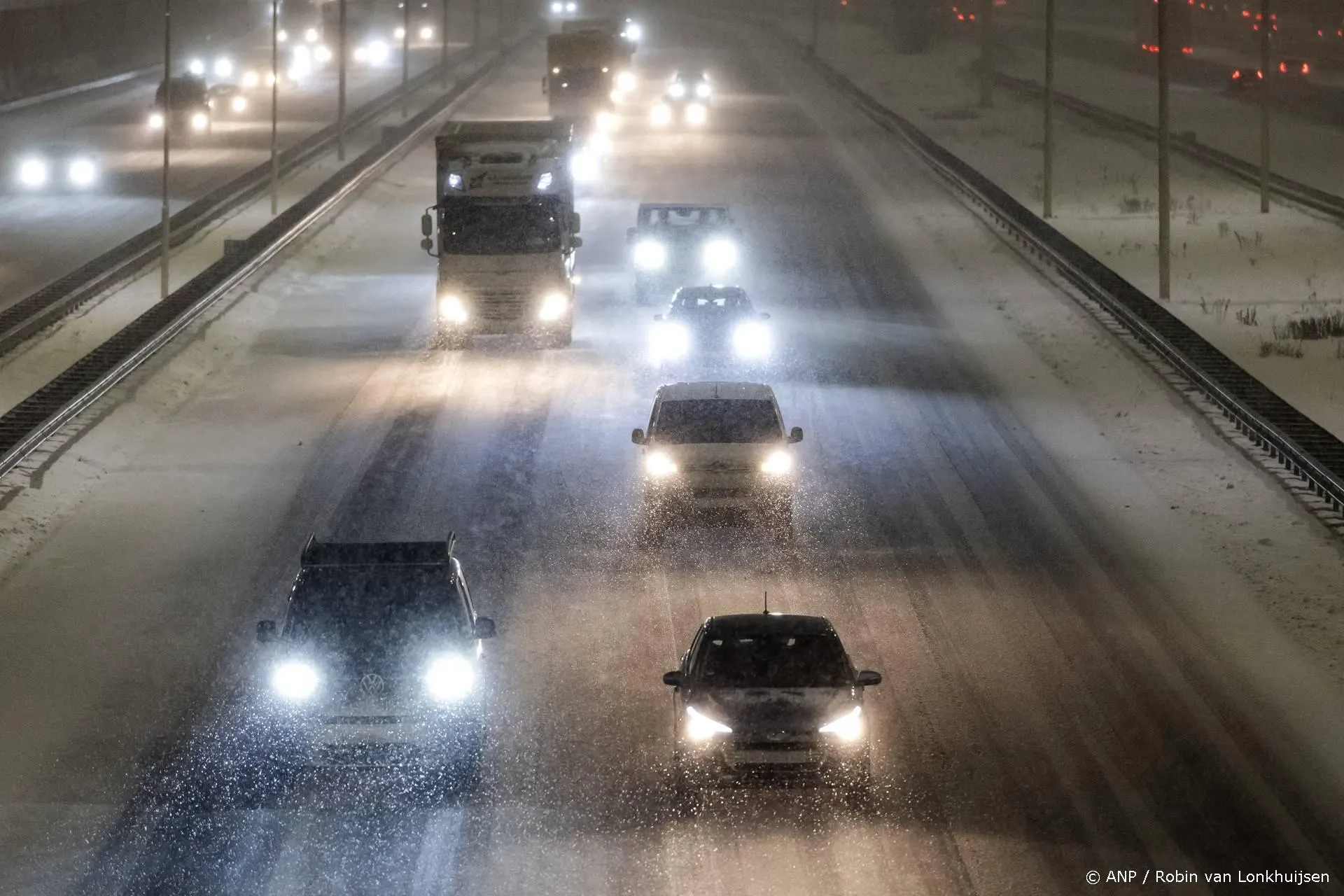'Club du Soleil'
We moeten alert blijven op de invloed van de zon.
Mijn trouwe lezers zullen zich nog wel herinneren dat ik onlangs een weddenschap heb verloren van Bart Strengers van het Planbureau voor de Leefomgeving (PBL). Bart Strengers wedde dat de gemiddelde mondiale temperatuur over de periode 2010–2014 hoger zou zijn dan het gemiddelde over de periode 2000–2009. Ik wedde dat het niet zou opwarmen of zelfs zou gaan afkoelen, bijvoorbeeld door de verminderde activiteit van de zon.
Bart won met een nipt verschil van 0,1 graad Celsius. Daarvoor kreeg hij een flesje wijn, dat hem werd overhandigd in een passende entourage.
Was daarmee de kous af? Naar mijn mening niet. We moeten alert blijven op de mogelijkheid van een afkoelingsscenario.
Is dat een exclusief stokpaardje van de klimaatsceptici? Nee! Prominente aanhangers van de AGW–hypothese, zoals Gavin Schmidt en Mojib Latif, verwachten enige afkoeling in de komende jaren, zoals ik in eerdere 'postings' heb geschreven. Hun redenering verschilt echter van die van de klimaatsceptici, die een grote rol aan de zon toekennen.
Meten is weten. Worden deze vermoedens ook door waarnemingen bevestigd? In een uitvoerige analyse van de recente activiteit van de zon zien Fritz Vahrenholt (coauteur van 'Die Kalte Sonne') en Frank Bosse inderdaad aanwijzingen voor een toekomstige afkoeling.
Onder de titel, 'The Sun In March 2015', schreef Pierre Gosselin een samenvatting van hun bevindingen.
Last month our sun gave a really sluggish impression. The sunspot number (SSN) was only 38.4: only 46% of what is normal at this time into a cycle for all the cycles observed since 1750.
Fig. 1 [Zie boven.] : The current solar cycle 24 compared to the mean of all previous cycles (blue) and to solar cycle no. 1, 1755-1766, (black).
Comparing the individual cycles to each other further confirms that the current cycle is a quiet one compared to those we saw in the second half of the last century:
Fig. 2: Comparison of all the solar cycles. The figures represent the summed SSN deviation from the mean for first 76 months into the cycle, for all cycles. The current cycle so far is the 4th most inactive since observations began in 1750.
The current cycle is the quietest since solar cycle no. 7, which occurred around 1830. When it comes to the question of why, the polar magnetic fields of the sun are decisive. We reported on this in detail (see “The sun in Jaunary 2014 and news about the polar solar field“). Its been a few months since the last data recording and today we are 2 years past the suspected smoothed maximum. The polar fields went through the zero-point already in March 2013, as can be seen from the data from the Wilcox Solar Observatory (WSO). There it can be seen that especially the north polar field is still barely established.
The current cycle is the quietest since solar cycle no. 7, which occurred around 1830. When it comes to the question of why, the polar magnetic fields of the sun are decisive. We reported on this in detail (see “The sun in Jaunary 2014 and news about the polar solar field“). Its been a few months since the last data recording and today we are 2 years past the suspected smoothed maximum. The polar fields went through the zero-point already in March 2013, as can be seen from the data from the Wilcox Solar Observatory (WSO). There it can be seen that especially the north polar field is still barely established.
How does that compare historically?
Recording of data for the polar fields first began in the early 1970s, which means the time period is still too short to allow real comparisons to be made. But in a paper from 2012 the authors led by Andrés Muñoz-Jaramillo used the observations of solar flares made since 1900 as a proxy for the sun’s polar fields. The lead author of the paper kindly agreed to share the data with the authors of this article and so it is possible to compare the current relationships with the long-term series:
Fig. 3: The relative strength of polar solar fields since 1900.
Here it is clear to see that in the second year past the cycle peak, the polar fields have never been so weak. Consider that the strength of the sun’s polar fields during the solar sunspot minimum is a decisive indicator for the activity of the next solar cycle. A very recent paper by Robert Cameron and Manfred Schüssler confirms this.
We only need to be patient a little longer and to pay further attention to the ongoing development of the sun’s polar fields in order to attempt a forecast. The preliminary indications do point to a low level of activity and thus perhaps an even weaker solar cycle 25 beginning around 2022.
Lees verder hier.
Voor de Duitse versie zie hier.
Dat de zon invloed heeft op het klimaat staat buiten kijf. Maar over de precieze samenhang tussen zonneactiviteit en het klimaat, en in het bijzonder de temperatuur, bestaat grote onzekerheid.
Voor mijn eerdere DDS–bijdragen zie hier.
Ga verder met lezen
Dit vind je misschien ook leuk
Laat mensen jouw mening weten
Lees ook
Loading




